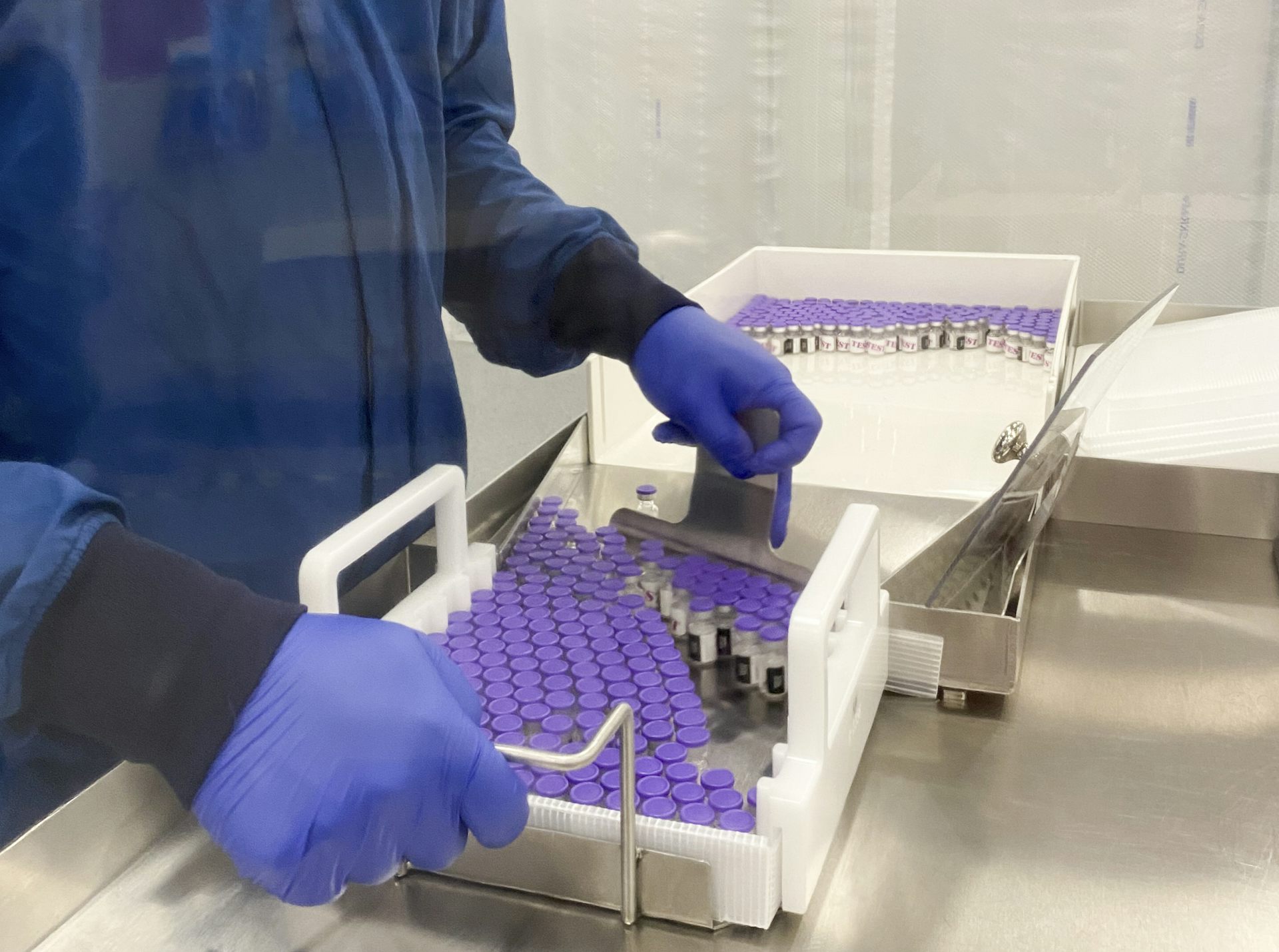

So officials have to compare the vaccines against each other, and to try and model the normal rate of clots with low levels of platelets. It’s possible that some people who developed clots after being vaccinated would have developed them even without being vaccinated. The challenge for public health officials is that these deadly clots occur without vaccines. The new discovery still raises questions about what, exactly, is going on. “It’s now a recognized syndrome, a recognized disorder, and most importantly there is a combination of tests that can establish if a patient has this or not,” said Theodore Warkentin, a professor at McMaster University, a co-author of one of the papers and an expert on the rare clots that can be caused by heparin. But it provides a first step toward explaining the side effect, which experts say is extremely rare, and to looking into whether the same types of rare clots could occur with other shots. That doesn’t explain why a vaccine is causing the immune system to produce those antibodies, or whether other vaccines might do the same. Most tellingly, both the paper from Norway and the second paper, which looked at patients from Austria and Germany, found that blood clots were seen in people who had high levels of antibodies to platelet factor 4, the same types of antibodies reported, infrequently, after treatment with heparin. READ MORE: Blood clots after Johnson & Johnson COVID-19 vaccine are ‘extremely rare,’ experts say He was not involved with the research and, like others interviewed for this story, spoke before the U.S. “It’s extremely convincing,” said David Juurlink, the head of the division of Clinical Pharmacology and Toxicology at Sunnybrook Health Sciences Centre in Toronto. There, too, patients have low platelets and blood clots. The papers likened the condition to the one doctors sometimes see in patients treated with heparin, one of the most common and potent blood thinners. The woman in Norway was one of 16 patients described in two different papers in the New England Journal of Medicine that not only described cerebral venous sinus thrombosis, but also offered a partial explanation for why it might be seen in rare cases tied to the AstraZeneca vaccine. The news puts a spotlight on the question of whether and how these vaccines are causing this side effect.

government said that it had seen the same effect six times among the 6.8 million people given a dose of a similar vaccine, from Johnson & Johnson, and that it recommended a pause on use of that vaccine “out of an abundance of caution,” while researchers investigated.

This is the side effect, known as cerebral venous sinus thrombosis, that has caused a week of worries around the COVID-19 vaccine developed by AstraZeneca. She underwent surgery to relieve the pressure on her brain but died two days later. She was treated with platelet infusions and a blood thinner, but had a bleed in her brain the next day. A CAT scan of her head showed a blood clot in blood vessels involved in draining the brain, but her levels of platelets, involved in clotting, were low. A week after receiving the AstraZeneca COVID-19 vaccine, a 37-year-old woman in Norway went to the emergency department with fever and persistent headaches.


 0 kommentar(er)
0 kommentar(er)
